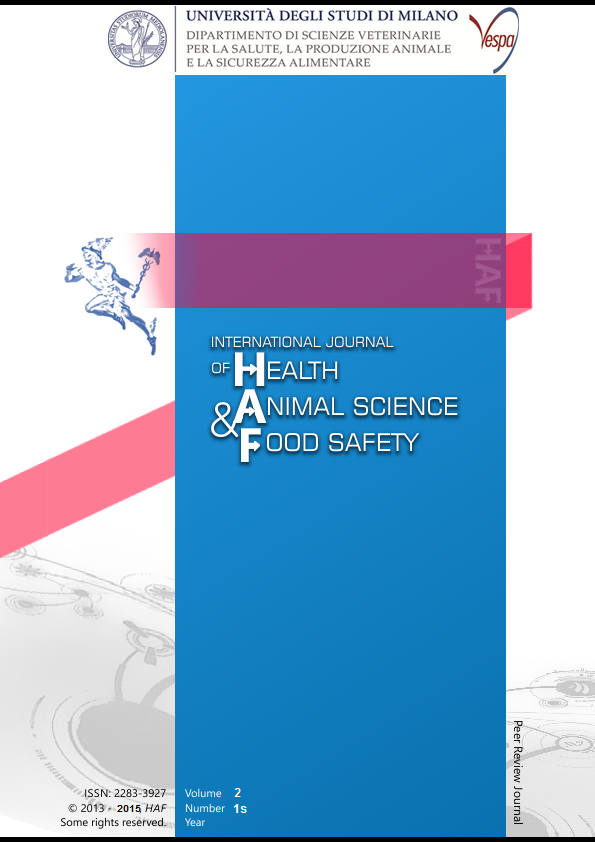Abstract
Mastitis represents the most important disease of dairy cattle. Stabilized or primary epithelial cell lines have been extensively used to study the molecular mechanisms of the immune response in the udder. Both models are considered reliable, but are constituted by a single cell population, i.e. epithelial cells, and changes in cell morphology and metabolism may occur, as a result of subculture, or even genetic instability. The aim of this study was to evaluate the immune response of an ex vivo model of the mammary gland, where the three-dimensional structure is maintained, assuming that the results were more comparable to the in vivo response. Ex vivo 2 mm3 -sections of a heifer udder were cultured under standardized conditions and treated for 3, 6, and 18 h with either E. coli lipopolysaccharide (LPS) or with S. aureus lipoteichoic acid (LTA). These molecules are constituent of the cell walls of Gram-negative or -positive bacteria, respectively and are applied as an inflammatory stimulus in the research of mastitis pathogenesis. Samples were analyzed for cell proliferation and apoptosis by immunofluorescence, in order to validate the model. Thereafter, we analyzed the mRNA expression of key molecules of the innate immune response (TNFα, IL-1β, IL-6, IL-8 and LAP) by quantitative real-time PCR. We used three reference genes validated by geNorm application, as the better internal standard for mammary gland tissue. The model did not show proliferation and apoptosis increased during the culture period. The preliminary results showed diverse patterns for the different cytokines and LAP: mRNA expression was overall increased, but peaked at different time points. These data suggest that such ex vivo model could be a valid approach to study the mammary immune response to bacteria.
Riferimenti bibliografici
Bonnet, M., L. Bernard, S. Bes and C. Leroux. 2013. Animal 7(8):1344–1353;
Günther, J., S.Liu, K. Esch, H. J. Schuberth and H. M. Seyfert. 2010.Veterinary Immunology and Immunopathology 135: 152–157;
Griesbeck-Zilch, B., H. H. D. Meyer, Ch. Kuhn, M. Schwerin, and O. Wellnitz. 2008. Journal of Dairy Science 91:2215–2224.
This work is licensed under a CC BY-SA 4.0 international

